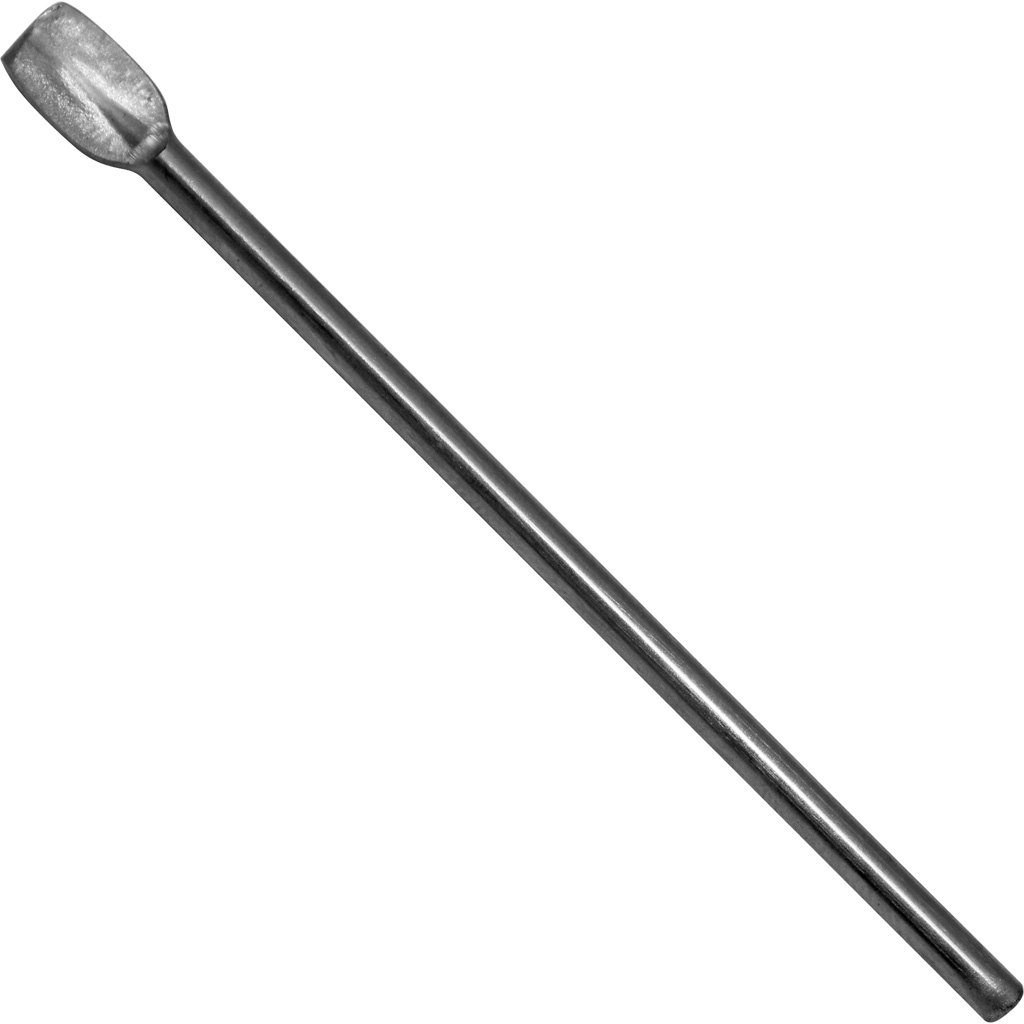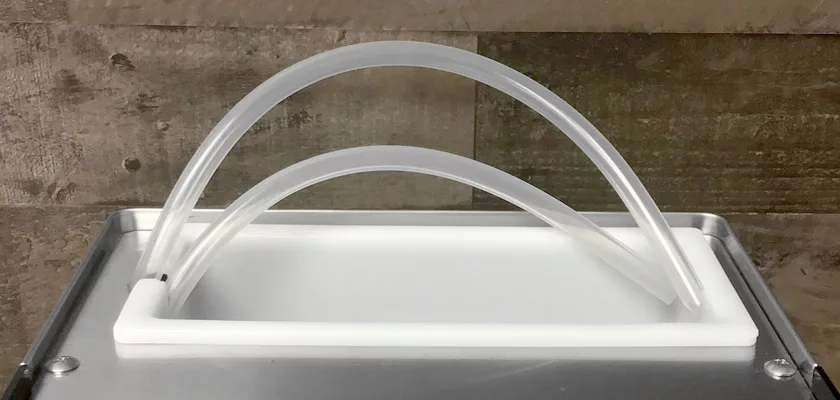Water Choice
What type of water do I use in my espresso machine?
Using purified water (ex. formulated waters distilled, reverse osmosis (RO), deionized) as your water choice generally cannot be used in heat exchange espresso machines or dual boiler espresso machines. Although formulated waters do not impact the refill capabilities of the above machines, but in our experience, these formulated waters and hard waters with calcium and magnesium cause overheating issues. Distilled and purified waters can cause corrosive oxidation on components which can cause clogs, damage to heating elements, and make pressurstats fail.
The general reason is that these machines need to send 5 volts of electricity through the water in the boiler. This is how the espresso machine detects if the water in the boiler is low. The second area is proper temperature reading on espresso machines with PID sensors built into the boiler.
What happens to the water in the boiler?
Heat exchange boilers (and steam boilers in dual boiler espresso machines) have a metal probe typically through the top of the boiler. It connects to the brain unit through a wire. This probe typically acts as the boiler’s maximum refill level. In other words, this design manages the water level in the boiler so that the heating element is a lways submerged to prevent damage.
lways submerged to prevent damage.
Electrical current typically runs through this probe at very low voltage. When the water level reaches the probe’s tip inside the boiler, the electricity runs through the water (carried by minerals) to the outer boiler wall. The brain unit picks up this reading and then shuts the boiler refill valve to ‘closed’ and powers ‘off’ the pump. When steam is made (which lowers the water level) or when hot water is taken from the water wand, the water level in the boiler goes below the point of the probe. This stops the low voltage electricity to the boiler wall. When this happens, the brain unit turns on the pump and opens the boiler refill valve to refill the boiler. In some cases, there is a second probe to protect the heating element and it will not allow power to the heating element.
Hence, when you use purified water as your water choice, electricity may not flow through the water in the boiler. The brain unit will keep filling the boiler to the point that it overflows through the boiler safety valve on top of the boiler.
The secondary reason is the aforementioned waters can become corrosive on certain metal components in espresso machines. First and foremost, if the espresso machine has a PID sensor built into the interior of the boiler wall, it can be become corroded or filmed up with calcium, magnesium, biofilms, etc. In other words, a film can build up and the PID sensor will read a lower temperature than the actual temperature of the boiler. The boiler will tend to overheat or act erratically in its temperature reading. The sensor will need to be removed and cleaned. The machine will usually operate normally and the water needs to be changed.
The best water choice
The conclusion is to use softened water. This type of water does not have the limescale-causing agents like calcium and magnesium. It also leaves some of the good minerals.
- for the espresso machine to refill the boiler correctly and
- for the proper espresso extraction to take place where the minerals pull the solubles.

ex. Rancilio Silvia

ex. Rocket Giotto Cronometro Type V

ex. Elektra T1 Sixties Deliziosa



